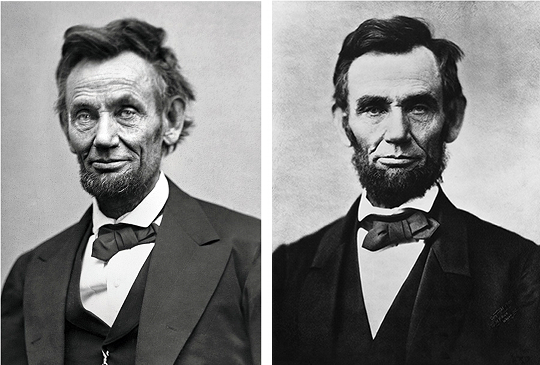
A photograph is a most important document, and there is nothing more damning to go down to posterity than a silly, foolish smile caught and fixed forever.
-Mark Twain
When I first point a camera at most people, they instantly generate an expression that they have learned from a lifetime of interacting with the process of portraiture: I guess we can call it a smile, but that’s being generous. For a small percentage of people it even almost looks natural. But it usually looks stale, stilted, fake, and fabricated. I am most successful when I can pierce that veil and have a genuine moment with the people in the image.
If we simply take what we’re given to photograph, we end up with an expression that was invented for photography, one that does not exist in real life whatsoever, but was learned for the sake of cheerful record. Our job as portrait artists, then, is to create a moment in which we destroy the ritual of the “say cheese” moment and have a real interaction. The resulting images can be insightful, genuine, and will speak clearly over generations about the character of our subject. It’s not that we don’t sometimes want a happy portrait, it’s that we can do better than taking the fake grin that we’re offered.
It’s not always going to work out. For some people, a portrait session is about as comfortable as a root canal. And for those people, their practiced portrait expression might be the best I will be able to get without 6 hours of interaction or a bottle of wine. But, most times I can break the ice and get something that speaks of the person I am photographing.
In the early days of portraiture, before photography, to portray a person with a big smile was to imply that they were simple, crazy, drunk, or promiscuous. Later, a small smirk was painted to imply wit and depth, but never a grin. DaVinci painted only the hint of a smile on the Mona Lisa and created centuries of controversy. Early photographers sometimes caught smiles, but exposures were so long that subjects were instructed to blank their faces and stay as still as they could. Also, teeth were horrible until the 20th century… There is an excellent article on this topic here if you’re interested in the history of the smile in photography!
Not every portrait is going to reveal the hidden depths of the soul. If we spend just a small amount of patient time with our subjects, though, we can capture much more than the face they learned to offer to cameras when they were 4 years old. We can also provide them with variety, nuance, and earnest emotion in their portraits by starting with the comment: “Don’t smile.” It usually leads to a more genuine smile moments later.
